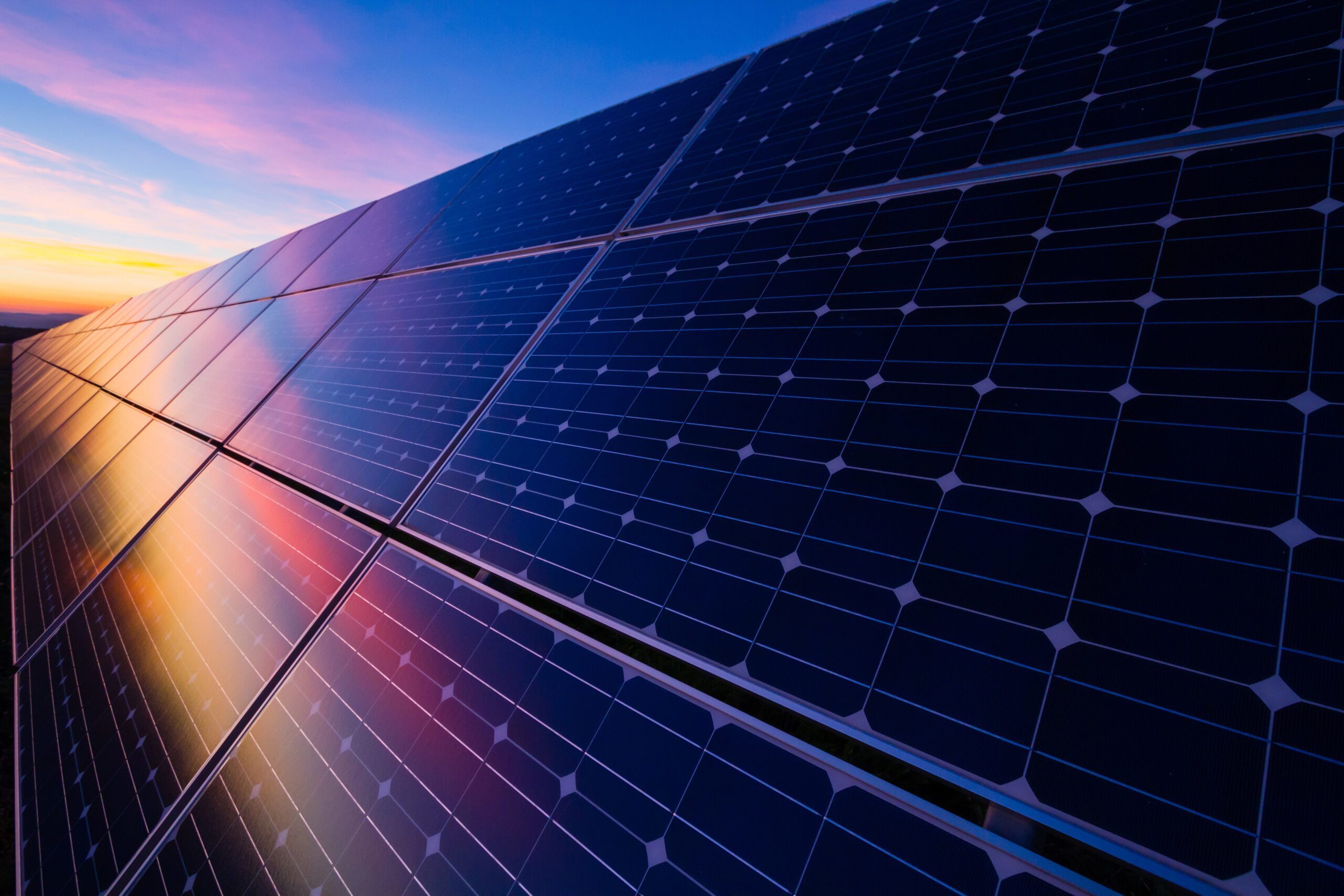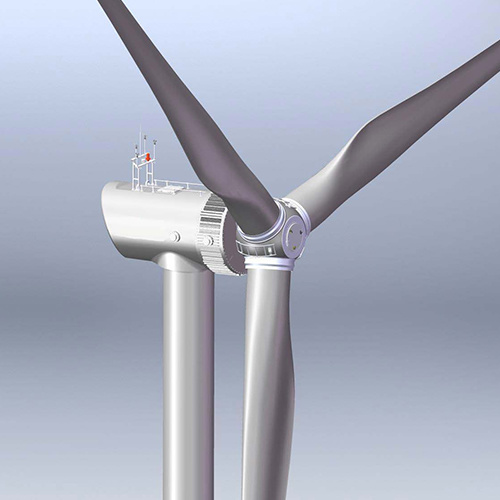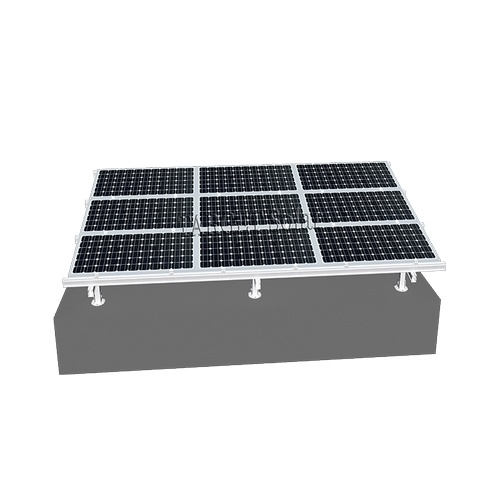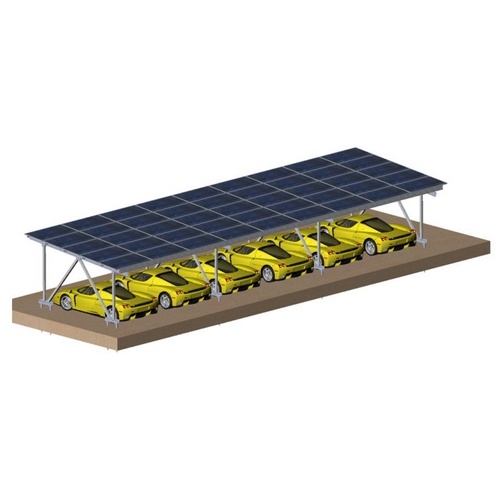Product Series
Contact Us
Tel:
+86-19996811198
WhatsApp:
+86-19996811198
+86-19996811175
E-mail:




Array rooftop PV brackets TS01
Category:
E-mail:
Product Details
-
Brand Name
LB-011
Material Science
Aluminum and stainless steel
standard
AS/NZS 1170
Wind load
130mph = 60m/s
Snow load
1.4 KN/m ²
Applicable modules
Frame or frameless
surface treatment
anodic oxidation
application
Solar rooftop photovoltaic installation system
size
customized
guarantee
10-year warranty, 25 year service life
Supply capacity
Array Rooftop PV Brackets TS01: Ideal Solution for Solar Panel Mounting
The Array rooftop PV brackets TS01 are specifically designed to provide a reliable and efficient mounting solution for photovoltaic (PV) panels on rooftops.
1. High - Quality Materials
These brackets are constructed from high - strength and durable materials. The use of corrosion - resistant alloys ensures that the TS01 can withstand various weather conditions, including heavy rain, strong winds, and extreme temperatures. This not only guarantees the long - term stability of the PV panel installation but also reduces the need for frequent maintenance.
2. Robust Design
The design of the TS01 brackets is engineered to optimize the performance of PV panels. With a sturdy structure, they can firmly hold the panels in place, preventing any movement or displacement that could potentially damage the panels or affect their energy - generating efficiency. The brackets are carefully designed to distribute the weight of the panels evenly across the rooftop, minimizing the load - bearing pressure on any single point.
3. Easy Installation
One of the key features of the Array rooftop PV brackets TS01 is their ease of installation. They come with a user - friendly design that allows for quick and straightforward assembly on rooftops. The installation process requires minimal tools and expertise, which means that it can be carried out by professional installers in a relatively short time, reducing the overall installation cost and time - to - completion for solar power systems.
4. Versatility
The TS01 brackets are highly versatile and can be adapted to different types of rooftops, whether flat or sloped. They can also be adjusted to fit various sizes and configurations of PV panels, making them suitable for a wide range of solar energy projects. This flexibility enables solar installers to use the TS01 brackets in diverse installation scenarios, maximizing the potential for rooftop solar power generation.
5. Aesthetically Pleasing
In addition to their functional advantages, the Array rooftop PV brackets TS01 also have an aesthetically pleasing appearance. Their sleek and modern design blends well with the overall look of rooftops, without detracting from the visual appeal of the building. This is especially important for residential and commercial buildings where aesthetics play a significant role.
In conclusion, the Array rooftop PV brackets TS01 offer a comprehensive solution for mounting PV panels on rooftops. Their combination of high - quality materials, robust design, easy installation, versatility, and aesthetic appeal makes them an excellent choice for both small - scale and large - scale solar energy projects.
Installing brackets exceeding 10 megawatts per week
Keyword:
What is a photovoltaic (PV) system?
A PV system converts sunlight directly into electricity using semiconductor materials, providing a renewable and clean energy source for various applications.
How do solar panels work?
Solar panels consist of multiple solar cells that absorb sunlight and generate direct current (DC) electricity through the photovoltaic effect. This DC electricity is then converted to alternating current (AC) by an inverter for use in homes and businesses.
What are the benefits of installing a PV system?
Installing a PV system can reduce electricity bills, decrease carbon footprint, increase property value, and provide energy independence by generating your own electricity.
How long do solar panels last?
Most solar panels come with a warranty of 25 years and can continue to produce electricity beyond that period, though their efficiency may decrease slightly over time.
Related Products
Ground-mounted photovoltaic power station ST 19
A ground-mounted photovoltaic power station converts sunlight into clean electricity, offering high efficiency, stable performance, and scalable renewable energy solutions.








